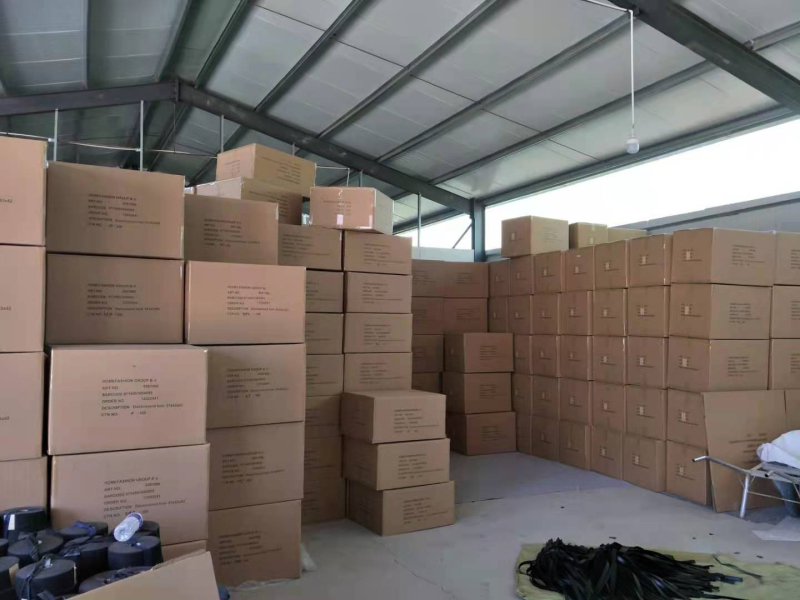Building Sound Panels A Guide to Acoustic Improvement
In today's world, noise control and sound quality have become essential aspects of architectural and interior design. Whether it's a bustling city environment or a home studio, the need for effective sound management is paramount. One of the most straightforward and effective solutions to improve acoustics in any space is by building sound panels. This article outlines the importance of sound panels, materials needed, construction techniques, and installation tips.
Understanding Sound Panels
Sound panels are designed to absorb sound waves, reducing echo and improving overall acoustics. They are particularly beneficial in spaces such as recording studios, concert halls, offices, and even residential living areas. By effectively absorbing mid to high frequencies, sound panels help to create a more pleasant auditory experience, minimizing disturbances caused by external noise or sound reflections within the room.
Materials Needed
When it comes to building sound panels, the choice of materials can significantly affect their effectiveness. Typical materials used for sound panels include
1. Acoustic Foam This is one of the most common materials due to its lightweight, effectiveness in sound absorption, and ease of use. It comes in various shapes and thicknesses.
2. Mineral Wool Also known as rock wool, this material offers excellent sound absorption qualities and is fire-resistant, making it a popular choice for commercial spaces.
3. Wood and Fabric For aesthetically pleasing sound panels, using wood frames wrapped in fabric can enhance both function and style. This method allows for customization in colors and patterns while maintaining acoustic benefits.
4. Pegboard or MDF Medium-density fiberboard (MDF) can be used as a backing for sound panels, offering durability and ease of installation.
Construction Techniques
Building sound panels can be a fun and rewarding DIY project. Here’s a simple step-by-step guide to create your panels
building sound panels

1. Planning Determine the dimensions and number of sound panels needed. Typically, panels can range in size from 2x4 feet to 4x4 feet, depending on the application and available space.
2. Cut Material Cut your chosen acoustic foam, mineral wool, or other sound-absorbing material to the desired size. If you're using wood frames, cut the frame pieces accordingly.
3. Assemble Frames If using a wooden frame, assemble it using screws or nails, ensuring it’s sturdy enough to hold the sound-absorbing material.
4. Attach Sound Absorption Material Secure the acoustic material within the frame. If using foam, adhesive spray can work well, while mineral wool may need to be stapled.
5. Wrap and Finishing Touches For a polished look, wrap the frame in fabric. This step provides further aesthetic appeal while allowing the sound-absorbing material to function optimally.
6. Mounting Install the completed panels on walls at varying heights. The placement can significantly influence their efficacy; consider mounting them at ear level to maximize sound absorption.
Installation Tips
- Placement When deciding where to place your sound panels, consider areas with high sound reflection, such as corners or walls adjacent to noisy environments. - Height Variation Varying the height of panel installation can create a more dynamic acoustic environment. Consider positioning some panels higher and others lower.
- Distribution Spread the panels evenly across the space rather than clustering them in one area to ensure an even sound absorption and balanced acoustics.
Conclusion
Building sound panels is a practical solution for anyone looking to enhance the acoustic quality of their space. With the right materials and techniques, you can create effective sound barriers that not only improve sound clarity but also contribute to the aesthetic of your environment. Whether for professional use or personal comfort, these panels can make a significant difference in the quality of sound within any room. So grab your tools, choose your materials, and start building your way to a quieter, more enjoyable space!
